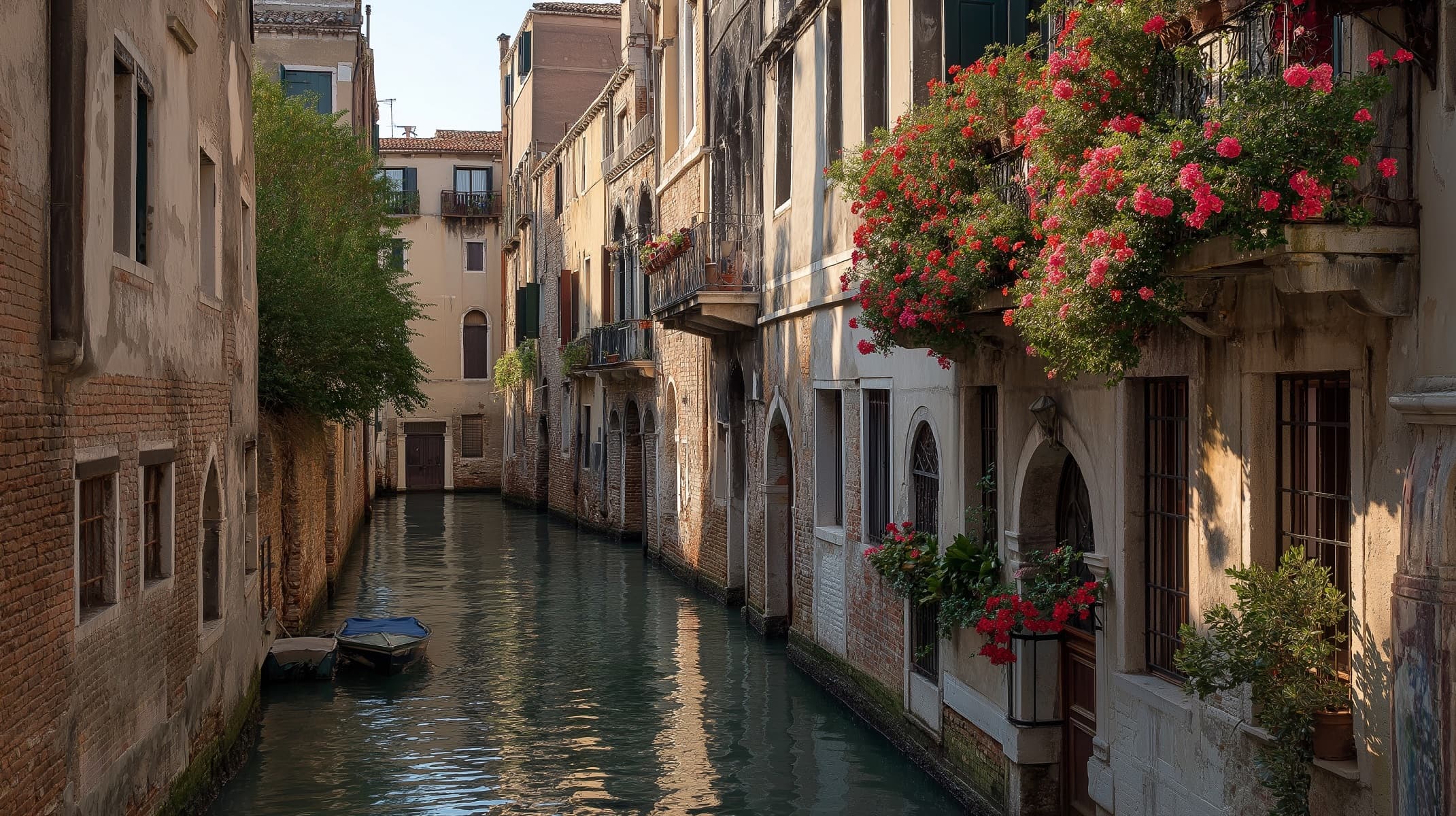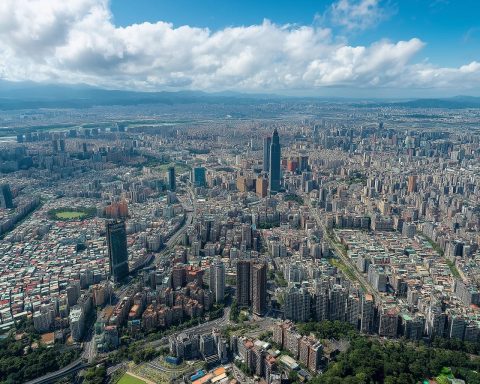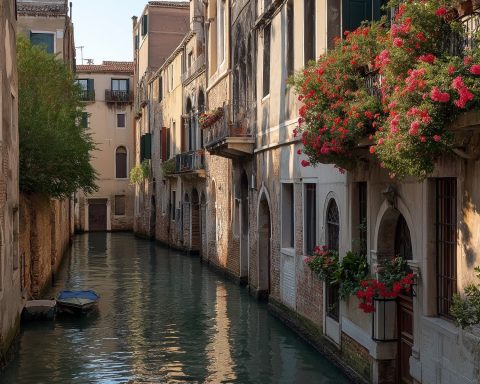Venice’s unique geography and heavy tourism shape a complex property market. In mid-2025 average asking prices for homes in the city are on a slow rise: about €4,642/m² in June 2025 for the historic citycore idealista.it (up from ~€4,553/m² in Oct 2024 idealista.it). By contrast, the wider municipality (including Mestre) averages only ~€3,272/m² immobiliare.it. Rents have also climbed: roughly €21.3/m²/month in May 2025 (up ~9.5% y/y) idealista.it, implying gross yields on buy-to-let around 5–6%. Prices vary widely by area (Table 1): prime canalside districts (San Marco/Rialto, Dorsoduro) fetch ~€5,000–6,000/m² immobiliare.it, whereas Lido or Mestre are below €3,000 immobiliare.it.
idealista.it immobiliare.it Table 1: Average residential sale and rental prices in Venice (June 2025) by area. Data from Immobiliare.it and Idealista.
| Zone | Sale Price (€/m²) | Rent (€/m²·month) |
|---|---|---|
| San Marco / Rialto | 5,988 immobiliare.it | 20.62 immobiliare.it |
| Accademia / Dorsoduro | 5,342 immobiliare.it | 19.60 immobiliare.it |
| Castello | 4,249 immobiliare.it | 16.68 immobiliare.it |
| Cannaregio | 3,803 immobiliare.it | 16.09 immobiliare.it |
| Arsenale / S. Elena | 3,422 immobiliare.it | 14.69 immobiliare.it |
| Lido / Malamocco | 3,846 immobiliare.it | 13.25 immobiliare.it |
| Mestre (mainland) | 1,897 immobiliare.it | 12.90 immobiliare.it |
Over the past year Venice prices rose modestly (~+3–5% y/y) idealista.it idealista.it. A Nomisma report projects Italian residential prices to grow ~+1–1.5% annually in 2025–27 idealista.it; with Venice’s tight supply and tourist cachet, similar slow appreciation is expected through 2030. Buyers now favor larger, well-equipped units (home office space, outdoor areas) globalpropertyguide.com. Mortgage lending is rebounding nationally and should gradually lift demand; in 2024 Italian mortgage-backed transactions rose ~1.3% idealista.it.
Commercial and Hospitality Sector
Venice’s commercial property is dominated by tourism. The hotel market “surged” post-pandemic: luxury and upscale hotels have fully rebounded (high occupancy and room rates) hvs.com, while overall occupancy still trails ~10% behind 2019 levels. New supply is limited but growing: ~1,500 hotel rooms (9% of current stock) are in the pipeline, mostly in the historic center hvs.com. For example, two new mid-scale hotels are under construction on Tronchetto island (770 rooms, €115 million total investment campaignforalivingvenice.org), opening 2025–26. This “tourist island” development (the first allowing hotel guests to arrive by car) will add unprecedented capacity. Another major development is the Porto Marghera container terminal (8.5 ha, €189 m phase 1) informare.it, reflecting logistic growth rather than housing.
Short-term rentals (vacation homes/Airbnb) are booming: non-hotel accommodations grew to 31% of bednights in 2023 (up from 14% in 2013) hvs.com. However, the city is now cracking down. In Oct 2024 Venice approved a regulation limiting any private home rentals on the tourist market to 120 days/year campaignforalivingvenice.org. Hosts must provide in-person reception and comply with waste/recycling rules, or face sanctions campaignforalivingvenice.org. A transitional “moratorium period” through 2026 enforces these limits. These measures aim to curb Airbnbs and free up housing for residents.
Retail real estate remains heavily tourism-focused. Prime canalfront storefronts command very high rents (though many shops suffered from reduced foot traffic during 2020–21). No major new commercial zoning is allowed in the core, so retail space is largely legacy stock. One consequence of overtourism: nightclubs and shops rent at luxury prices, contributing to local housing stress (some locals “squatting” in protest ainvest.com ansa.it).
Supply and Demand Dynamics
Residential supply in Venice is essentially static. Strict heritage preservation and flood-zone limits mean almost no new housing in the city center. Renovations/reconversions dominate (e.g. splitting or merging historic flats). Demand is bifurcated: domestic demand is modest, fueled by relocations and retirees (incentivized by tax breaks globalpropertyguide.com), whereas tourist-driven demand for short lets is high. Overall population is falling in the lagoon: the historic center’s residents plunged from ~56,311 in 2014 to ~48,500 by end-2024 ansa.it. In contrast, Mestre on the mainland saw a slight population rise to ~177,768 in 2024 ansa.it. Younger locals have largely moved out, leaving an aging, shrinking base in the islands. This exodus has led to many vacant apartments that, paradoxically, put downward pressure on core rents if not for tourist conversion.
On the demand side, summer tourism still dwarfs local need. Venice sees ~20 million visitors annually (mostly day-trippers). According to HVS, 72% of all tourist bednights are in the historic center, 25% in Mestre, only 3% on the Lido hvs.com. Hotel occupancy and revenues have almost recovered to pre-COVID levels (especially in luxury hotels), while vacation rentals continue growing. The city’s new “day-tripper ticket” (entrance fee pilot since 2024 apnews.com) and limits on tour groups aim to moderate crowds. In sum, tourism pressure remains the dominant demand driver, but regulatory steps (taxes, rental caps) are slowly shifting supply back toward residents.
Major Developments and Planning
Major property projects are mostly hospitality or infrastructure. Key developments include:
- Tronchetto Island Hotels: Two new 3-star hotels (Hilton–Hampton and B&B style) with ~770 rooms (total investment ~€115m campaignforalivingvenice.org) will finish in 2025–26. This creates Venice’s first car-accessible hotel district.
- Porto Marghera Container Terminal: A new container port terminal (8.5 ha) is under construction, with Phase 1 (€189m) due by 2026 informare.it. This project is part of a broader Veneto logistics expansion rather than urban housing, but it may spur regional economic growth.
- Other Pipelines: A modest hotel pipeline (~1,500 rooms) is concentrated in the city center hvs.com. No large-scale new residential projects are approved; infill is limited to small social housing or upgrading existing buildings.
Urban planning largely focuses on tourism management: Venice has capped new hotel development (2018 moratorium, now selectively bypassed in Tronchetto/Giudecca) and is pedestrianizing central areas. The Mose flood barrier (completed 2020) is now routinely used (raised 28 times in 2024 vs 25 in 2023 campaignforalivingvenice.org) to protect the city. Planned urban initiatives include lagoon conservation projects and better cruise ship controls (routing ships to Marghera).
Impact of Tourism and Population Shifts
The tourism boom has strained Venice’s livability. Per-capita local incomes lag, and protests have erupted against overtourism (e.g. opposition to billionaires’ weddings). A recent (2025) AI-generated analysis noted that much tourist revenue bypasses locals ainvest.com. Venetian authorities have responded with measures such as a tourist tax: since 2024 a variable entrance fee (≈€5–10) charges day-trippers apnews.com. Short-term rental limits (120-day cap) and ZTL traffic/entry restrictions are also intended to protect residents.
Population data underscore the shift: the municipality-wide count is ~257,500 (2025 est.) worldpopulationreview.com, but only ~48,500 remain in the historic islands ansa.it. The rest live on the mainland or tourist staff. Venice’s population density and resident workforce have fallen decades, fueling a housing glut of unwanted units. These demographic trends dampen housing demand, even as tourism keeps short-term rental demand high.
Climate Change and Flooding Risk
Climate risk is a growing factor for Venice real estate. Sea levels around Venice are rising about 0.5 cm/year, according to Italian scientists euronews.com. One study predicts parts of the city will be permanently underwater by 2150 if current trends continue euronews.com. The MOSE movable barriers have already been activated nearly 100 times since 2020, including 28 closures in 2024 campaignforalivingvenice.org, reflecting worsening flooding. Repeated flood exposure can erode property values: research shows homes in frequently flooded Italian regions trade at a discount (up to ~4%) arxiv.org. While MOSE mitigates occasional acque alte, investors now factor climate into risk. Insurance costs and engineering needs (e.g. waterproofing) make Venetian properties more complex. Over the 2025–2030 horizon, rising insurance and adaptation costs may temper the market’s upside.
Regulations, Taxes, and Ownership
Italy generally allows unrestricted foreign ownership of real estate. Non-residents pay standard transfer taxes: for second homes the registration tax is ~9% of price (4% if “first-home” conditions apply), plus cadastral/land taxes (IMU/TASI) annually. Notably, Italy extended a tax break for returning retirees: foreigners retiring to southern Italy pay a flat 7% on pension/income (now 9 years) globalpropertyguide.com. The 2025 budget also lengthened the “first-home” benefit window to 24 months globalpropertyguide.com, easing sales conditions. Rental income is taxable (optionally via 21% flat cedolare secca) and must be reported. Venice imposes special local levies: an annual tourist tax per night on hotel and rental stays. In 2024 a “day-pass” pilot charges day-visitors (the daily fee, up to €10, is collected via QR checks at entry points) apnews.com.
Recent regulations target the housing-tourism balance. The 120-day cap on short leases campaignforalivingvenice.org is enforced by tight city oversight. Unregistered rentals risk fines. Building renovation incentives (like the national Superbonus) were phased out in 2023, making refurbishments more costly. New construction in the center is virtually impossible due to heritage protections. Overall, Venice remains investor-friendly in ownership terms but emphasizes regulation: it seeks to deter speculative conversion of homes into year-round tourist use.
Investment Outlook (2025–2030)
Venice property is generally seen as a stable, low-yield asset. High demand (especially in the luxury and top-end segment) keeps values elevated, but yields (~5–6%) are lower than many Italian cities. Experts like Nomisma forecast only mild price growth in Italy (≈1–1.5% annually) idealista.it; Venice’s unique appeal suggests it may modestly outperform national averages in this period, but gains will be tempered by regulation and climate concerns. International buyers (from the US, UK, Northern Europe) still show interest, especially for heritage apartments, drawn by the city’s brand value. Domestic buyers remain cautious: younger Italians often find property unaffordable. On the positive side, Italy’s broader trend of improving credit markets (mortgage rates expected to ease) and tax incentives (flat pension taxes, low inheritance taxes) support demand.
Risks are significant: strict short-term rental rules, an aging population, and climate threats could limit capital appreciation. On balance, analysts project slow but positive growth through 2030, as inflation is projected to ease and Venice’s supply will remain tight. In summary, the Venetian market looks to see steady stabilization: little oversupply, steady tourist income, and gradual organic price increases (on the order of a few percent per year) idealista.it, barring any major economic or environmental shocks.
Sources: Data are drawn from Italian property portals (Idealista, Immobiliare.it), local news (La Nuova di Venezia, ANSA), industry reports (Nomisma/Idealista, HVS), and climate studies (INGV/Euronews) immobiliare.it idealista.it idealista.it ansa.it campaignforalivingvenice.org campaignforalivingvenice.org euronews.com informare.it campaignforalivingvenice.org idealista.it hvs.com globalpropertyguide.com globalpropertyguide.com.







